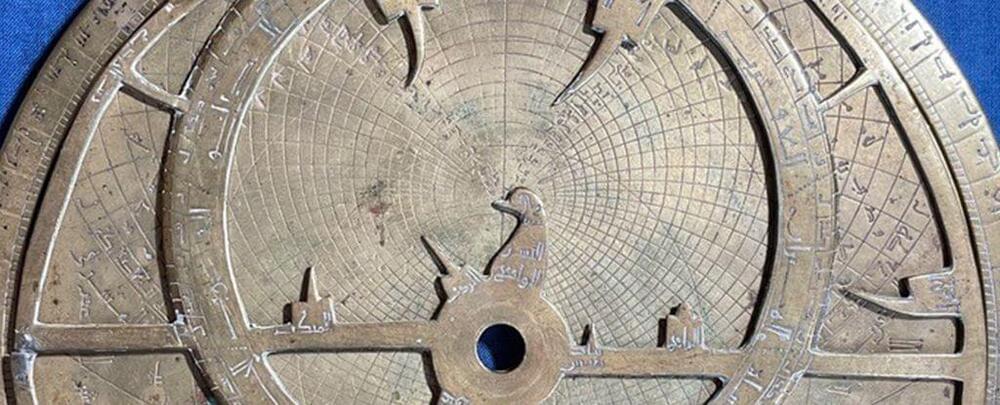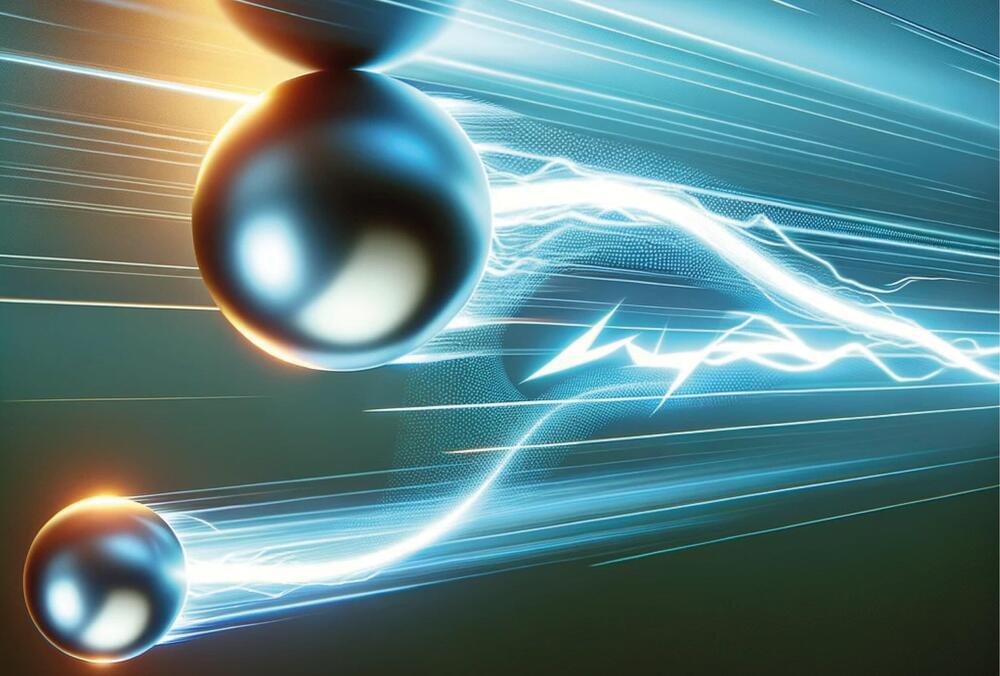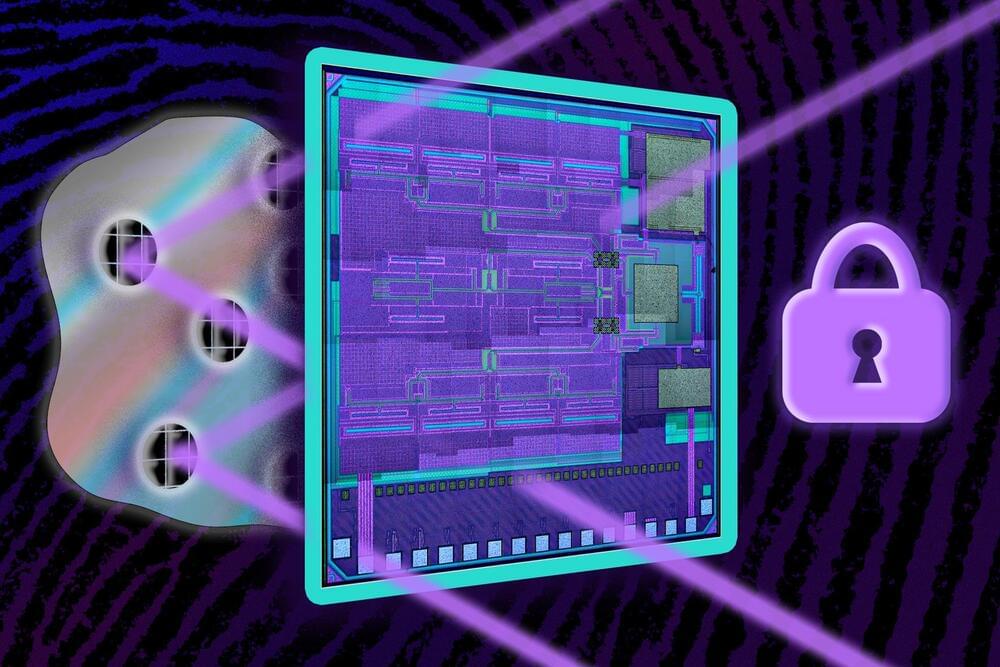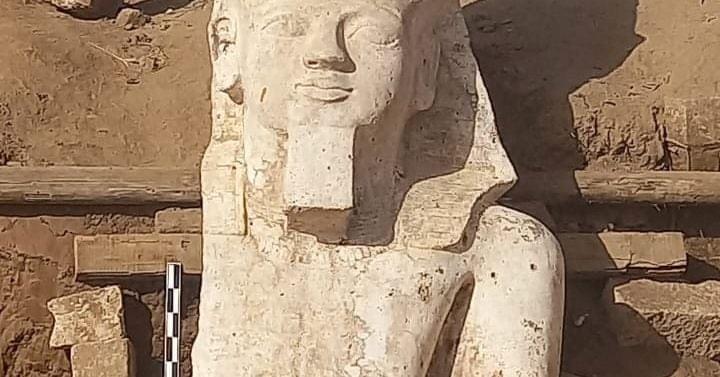Microtubule cytoskeletons are highly dynamic cellular components that reorganise during the cell cycle.
Microtubule organization and reorganization during the cell cycle are achieved by regulation of the number, distribution and activity of microtubule-organizing centres (MTOCs). In fission yeast, the Mto1/2 complex determines the activity and distribution of cytoplasmic MTOCs. Upon mitosis, cytoplasmic microtubule nucleation ceases; inactivation of the Mto1/2 complex is triggered by Mto2 hyperphosphorylation. However, the protein kinase(s) that phosphorylates Mto2 remains elusive. Here we show that a conserved signalling network, called MOR (morphogenesis Orb6 network) in fission yeast, negatively regulates cytoplasmic MTOCs through Mto2 phosphorylation to ensure proper microtubule organization. Inactivation of Orb6 kinase, the most downstream MOR component, by attenuation of MOR signalling leads to reduced Mto2 phosphorylation, coincident with increased number of both Mto2 puncta and cytoplasmic microtubules. These defects cause the emergence of uncoordinated mitotic cells with cytoplasmic microtubules, resulting in reduced spindle assembly. Thus, the regulation of Mto2 by the MOR is crucial for cytoplasmic microtubule organization and contributes to reorganization of the microtubule cytoskeletons during the cell cycle.
Microtubules are essential for many cellular processes, such as intracellular transport of proteins and organelles, establishment of cell polarity, cell motility and chromosome segregation [1– 5]. In order to facilitate these different processes at appropriate times during the cell cycle and cell differentiation, microtubules are organized into specific arrangements by microtubule-organizing centres (MTOCs) [2, 4, 5]. For instance, in most eukaryotic cells, the MTOC(s) forms polarized microtubule arrays during interphase and these arrays undergo reorganization to form the bipolar spindle in mitosis. This reorganization proceeds rapidly and precisely during the transition between interphase and mitosis and vice versa. However, the regulation mechanisms coupling cytoskeletal changes with the cell cycle are poorly understood.
The fission yeast Schizosaccharomyces pombe is an excellent model system in which to study cell cycle-dependent microtubule organization by distinct types of MTOCs: the centrosomal MTOC (spindle pole body, SPB) and non-centrosomal MTOCs (interphase MTOC: iMTOC; and equatorial MTOC: eMTOC) [6,7]. During interphase, cytoplasmic microtubules are nucleated from the cytoplasmic face of the SPB, nuclear membrane bound iMTOCs, and pre-existing microtubules to organize a longitudinal array of two to five microtubule bundles [6,7]. During the transition period from interphase to mitosis, nucleation of cytoplasmic microtubules from the iMTOCs ceases and simultaneously intranuclear mitotic spindle microtubules start nucleating from the nucleoplasmic face of the SPB [6,7].

















